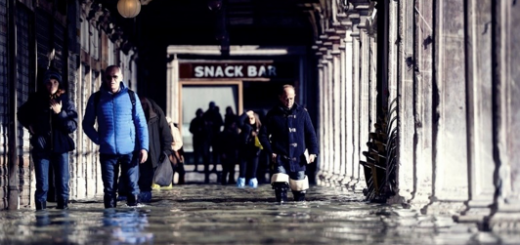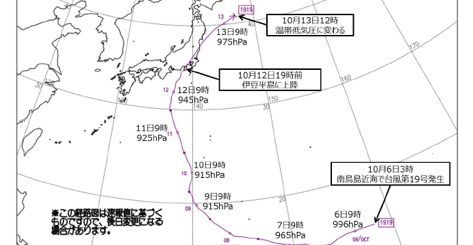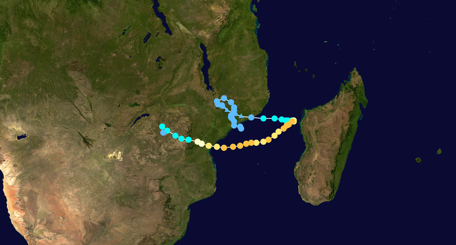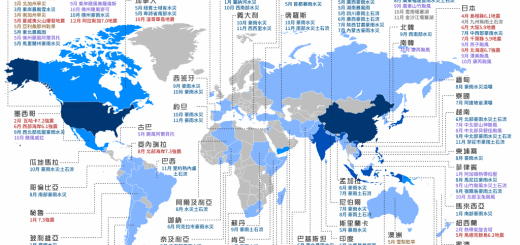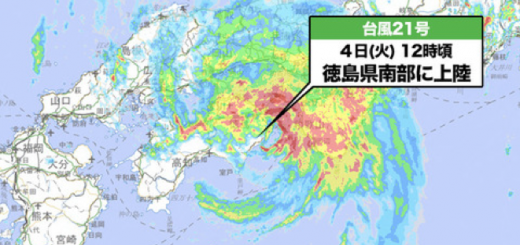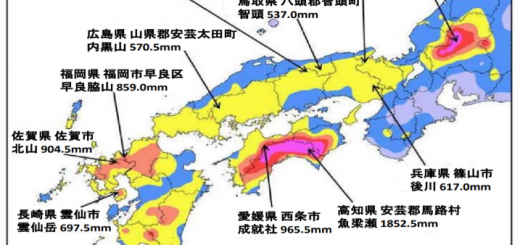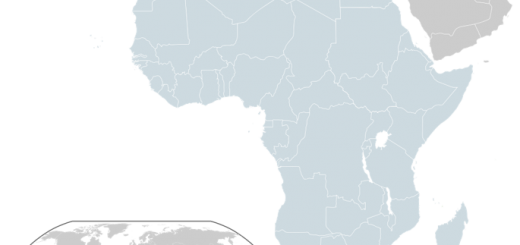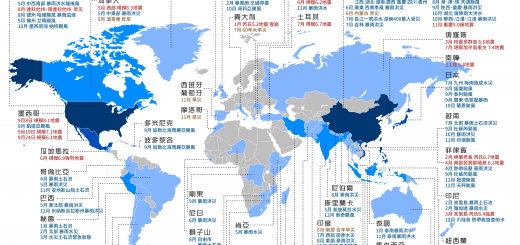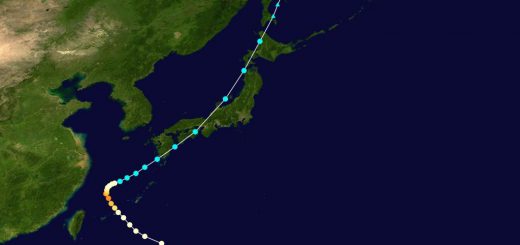20210701 亞洲;菲律賓;火山爆發
- 2021.07.02
- (0701)[德國之聲]菲律賓塔爾火山爆發 造成數千人緊急疏散
The Philippines’ second-most active volcano, Taal, erupted on Thursday, blowing a one-kilometer-high (3,280-foot-high) plume of steam and ash into the sky.
The tiny volcano south of the capital, Manila, led officials to raise an alert level due to heightened risks to nearby villages.
Magmatic materials came into contact with water in the main crater of Taal Volcano in Batangas province, government experts said.
The activity set off the steam-driven blast with no accompanying volcanic earthquake, officials said, adding that it was still unclear if the unrest could lead to a full-blown eruption.
The Philippine Institute of Volcanology and Seismology (Phivolcs) raised the alarm to the third of a five-step warning system.
“This means that there is magmatic intrusion at the main crater that may further drive succeeding eruptions,” Phivolcs said.
Alert level 5 means a life-threatening eruption that could endanger communities is underway.
Nearby villages evacuated
Officials urged people to stay away from a small island in a scenic lake where Taal, the 1,020-foot (311-meter) volcano, is located.
A spokesman for the government’s disaster-response agency said residents in high-risk villages were being evacuated. Nearly 14,000 people may have to be moved temporarily away from the volcano, Mark Timbal said.
Last year, a Taal eruption displaced hundreds of thousands of people. It sent ash clouds to Manila, some 65 kilometers (40 miles) to the north, prompting the main airport to shut down.
Eruption not as bad as last year’s
So far, the pacing of volcanic activity appears to be slow compared to last year’s Taal eruption, said Phivolcs chief Renato Solidum.
“The explosion [on Thursday] stopped after 5 minutes and it’s possible that the unrest could be just that or it can escalate,” Solidum said. “But, so far, we are not seeing anything unusual with the volcano’s swelling.”
Access to the volcano island has been prohibited since last year.
The Philippines lies along the Pacific Ring of Fire, where earthquakes and volcanic eruptions often occur.



